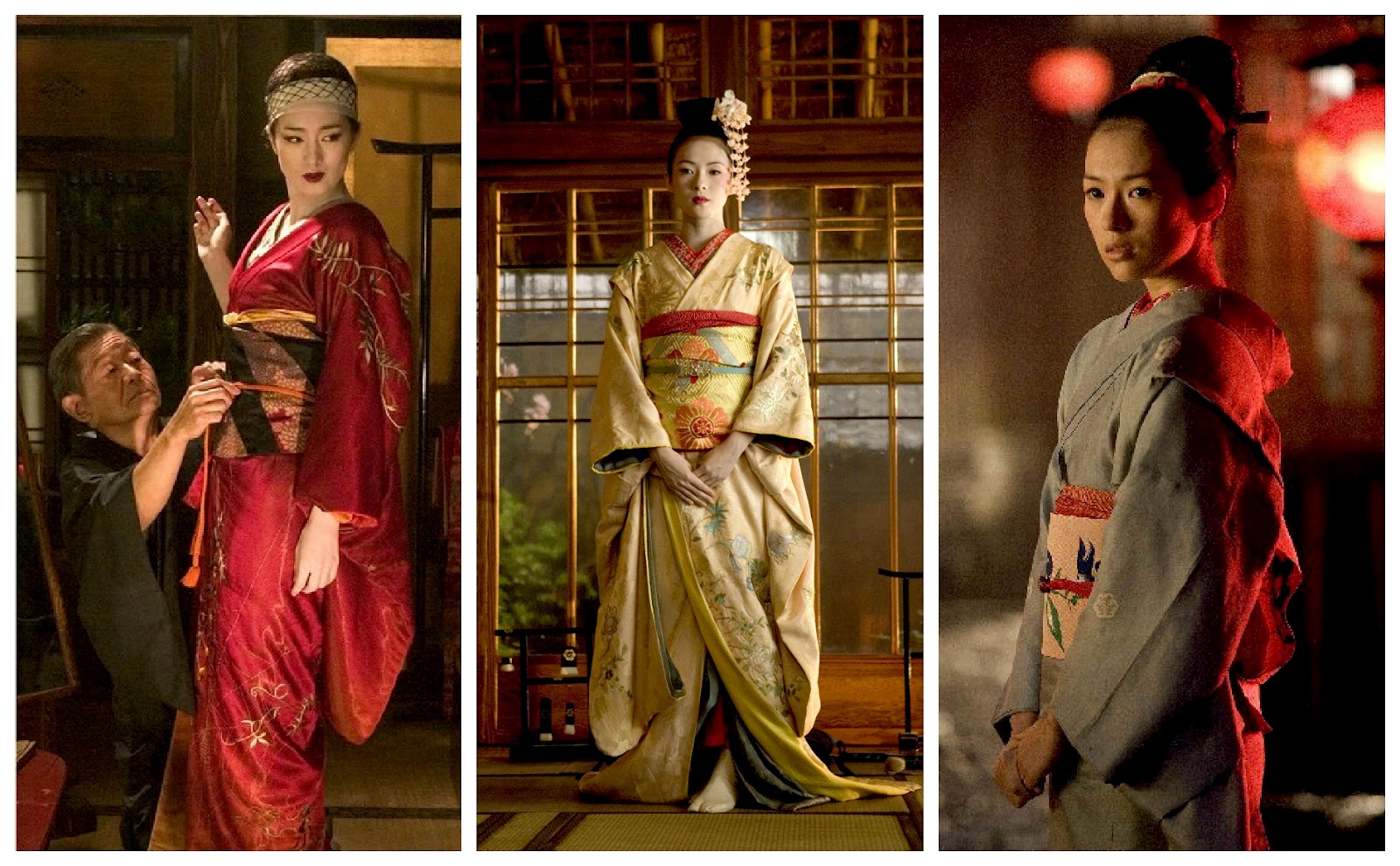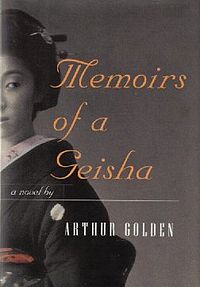
However, arguably the best track on the album is “Confluence” – beginning softly with gentle flute and oboe performances of the main theme, Williams passes the melody around different sections of the orchestra until Ma picks up the lead and allows the theme to develop into a rapturous, heartbreaking climax. When Perlman takes over the lead performance of the film’s secondary theme during “The Chairman’s Waltz” it adds another level of emotional intensity to the score, and when the two combine during “Sayuri’s Theme and End Credits”, the effect s magical. Cues such as “The Journey to the Hanamachi”, the lush “Becoming a Geisha”, “The Garden Meeting” and the slightly twisted-sounding “A New Name… A New Life” allow the orchestra to surround and envelop the theme, developing it into a rich, textured soundscape which is just more than a simple recapitulation, highlighting Ma’s impressive mastery of his instrument. Instead, “Sayuri’s Theme” is more of an intricate recurring motif, performed in its entirety by Ma on solo cello in the opening cue, but which features deep within the fabric of most of the subsequent cues, anchoring the score with a thematic element but never becoming monotonous or overpowering. Unusually for a Williams score, Memoirs of a Geisha does not really have a “big theme” which cinema goers will whistle as they leave the theatre or which could be easily included on a pops album.


Memories of a geisha composer full#
To complement his soloist, the score is performed by a full symphony orchestra, and given an oriental flavour through the work of soloists Masakazu Yoshizawa (on the bamboo flute), Karen Han (on the erhu Chinese violin) and Masayo Ishigure and Hiromi Hashibe (on the koto, a Japanese 13-stringed zither). Once again, John Williams’ reputation as the most well-respected and admired film composer working today has allowed him to draw on the talents of the musical superstars of the classical world – French/Chinese cellist Yo-Yo Ma, who worked with Williams on Seven Years in Tibet and Israeli violinist Itzhak Perlman, who worked with Williams on Schindler’s List. With the help of another geisha, Mameha (Michelle Yeoh), Sayuri secretly learns the ancient arts and is introduced into society – but not before the onset of war threatens to shatter both her world, and the ancient traditions of the Japan of old. However, Sayuri quickly makes an enemy in the shape of Hatsumomo (Gong Li), an older geisha and the house’s most consistent earner, who resents the new girl and her unspoiled beauty, and refuses to allow her entry to the geisha school. Taking the geisha name Sayuri, the girl sets her sights on learning the traditions and ways of the geisha – becoming a “moving work of art” who sells her skills, not her body – and winning the affections and patronage of the elusive but kind Chairman (Ken Watanabe).

Set in the timeframe surrounding the Japanese involvement in World War II, the film follows the fortunes of Chiyo (Suzuka Ohgo as a child, Ziyi Zhang as an adult), who at the age of nine is taken from the small fishing village of Yoroido and sold to the proprietress of a Kyoto geisha house. Unsurprisingly, Memoirs of a Geisha is not going to buck that trend. As regular readers of this site will know, scores which combine oriental sensibilities with western orchestras often receive high ratings and glowing plaudits. Originally slated to be directed by Steven Spielberg, the film was eventually taken over by Chicago director Rob Marshall, but not before Spielberg had secured the services of his long-time collaborator John Williams to write the film’s score. One of 2005’s most prestigious film projects, Memoirs of a Geisha is a lavish cinematic version of Arthur Golden’s popular novel of the same name.


 0 kommentar(er)
0 kommentar(er)
